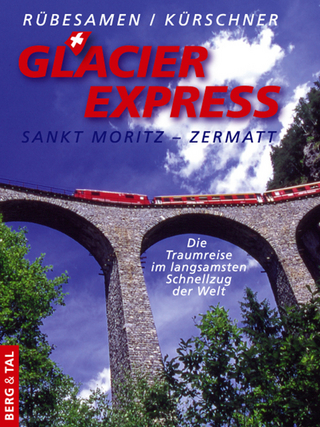
East London Railways
From Docklands to Crossrail
Seiten
2020
Amberley Publishing (Verlag)
978-1-4456-8071-2 (ISBN)
Amberley Publishing (Verlag)
978-1-4456-8071-2 (ISBN)
Malcolm Batten examines the way in which the railways of East London have changed and developed over the years, bringing the story right up to date with the introduction of Crossrail.
Britain’s railways in the early 1970s looked to be in terminal decline. The Beeching cuts of the 1960s had slashed much of the network, but still lines were closing and underinvestment left much of the rest in a sorry state. Since then, there has been privatisation and transformation (although whether these are cause and effect are debatable) to a situation now where passenger travel is booming.
Nowhere has change been more pronounced than in East London. The redevelopment of the former docks into Docklands led to the construction of the Docklands Light Railway in the late 1980s, and the rejuvenation of other lines. The Millennium Dome celebrations and the award of the Olympic Games to Stratford each justified investment in new lines and facilities. But most of all, London’s growing population has required transport, and particularly rail investment, to keep the city moving. Crossrail is the largest single investment, linking east and south-east London through the City and West End to Heathrow and Reading in the west.
This book charts the changes to East London’s railways from the 1970s to the forthcoming opening of Crossrail.
Britain’s railways in the early 1970s looked to be in terminal decline. The Beeching cuts of the 1960s had slashed much of the network, but still lines were closing and underinvestment left much of the rest in a sorry state. Since then, there has been privatisation and transformation (although whether these are cause and effect are debatable) to a situation now where passenger travel is booming.
Nowhere has change been more pronounced than in East London. The redevelopment of the former docks into Docklands led to the construction of the Docklands Light Railway in the late 1980s, and the rejuvenation of other lines. The Millennium Dome celebrations and the award of the Olympic Games to Stratford each justified investment in new lines and facilities. But most of all, London’s growing population has required transport, and particularly rail investment, to keep the city moving. Crossrail is the largest single investment, linking east and south-east London through the City and West End to Heathrow and Reading in the west.
This book charts the changes to East London’s railways from the 1970s to the forthcoming opening of Crossrail.
Born in 1952, Malcolm Batten has lived in East London all his life, and has always had an interest in the local transport scene and the history of Newham. After a boyhood of trainspotting, he started taking photographs in 1969. Since then he has recorded the local buses and railways, in an area which has seen enormous change.
| Erscheinungsdatum | 16.01.2021 |
|---|---|
| Zusatzinfo | 100 Illustrations |
| Verlagsort | Chalford |
| Sprache | englisch |
| Maße | 165 x 234 mm |
| Gewicht | 305 g |
| Themenwelt | Natur / Technik ► Fahrzeuge / Flugzeuge / Schiffe ► Schienenfahrzeuge |
| ISBN-10 | 1-4456-8071-8 / 1445680718 |
| ISBN-13 | 978-1-4456-8071-2 / 9781445680712 |
| Zustand | Neuware |
| Haben Sie eine Frage zum Produkt? |
Mehr entdecken
aus dem Bereich
aus dem Bereich
St. Moritz – Zermatt : die Traumreise im langsamsten Schnellzug der …
Buch | Hardcover (2023)
Verlag Berg & Tal
14,95 €
Betriebsmaschinendienst, Einsatz bei den Bahnbetriebswerken und …
Buch | Hardcover (2024)
EK-Verlag
54,00 €
Buch | Hardcover (2023)
GeraMond (Verlag)
27,99 €


